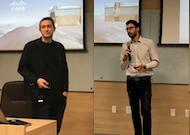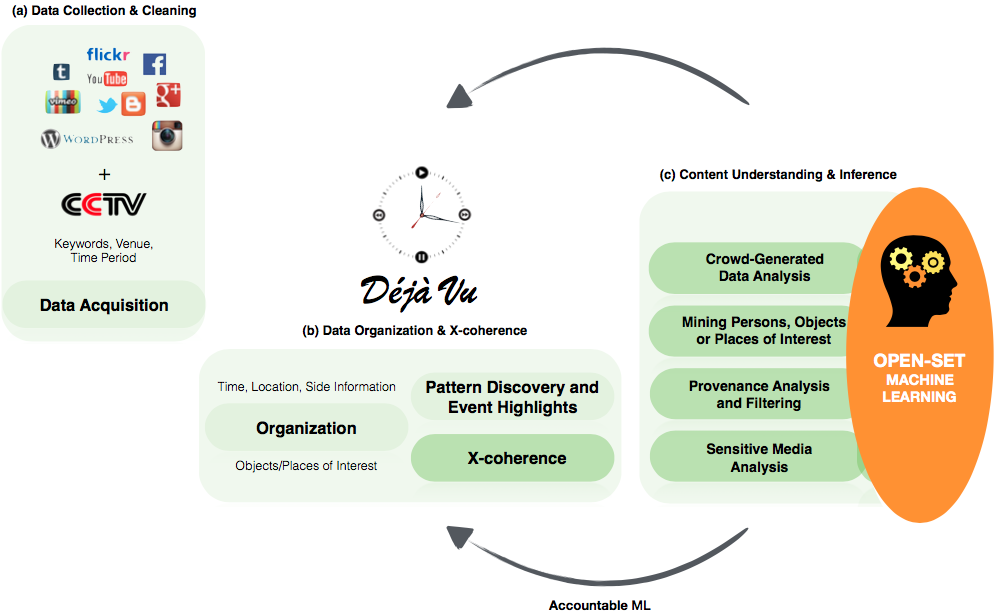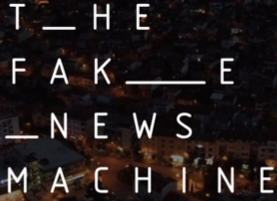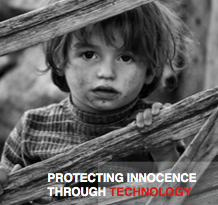
DéjàVu Talks on August 2018
Graph models for machine learning: K-associated graphs and Attribute-based Decision Graphs by Prof. João Bertini (left) and Reverse engineering of video content for forensic analysis: model-based and data-driven approaches by Prof. Paolo Bestagini (right) … Continue reading










